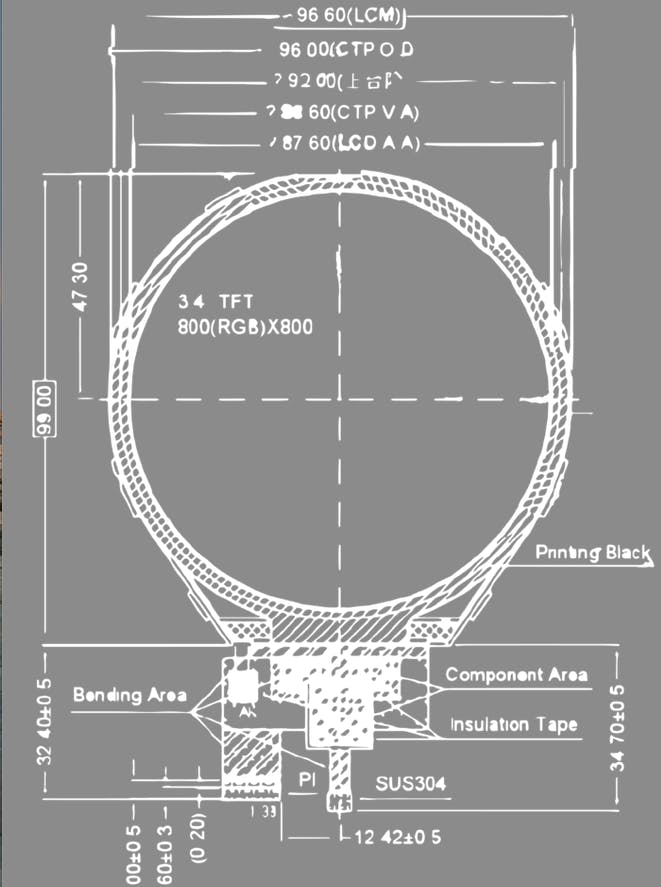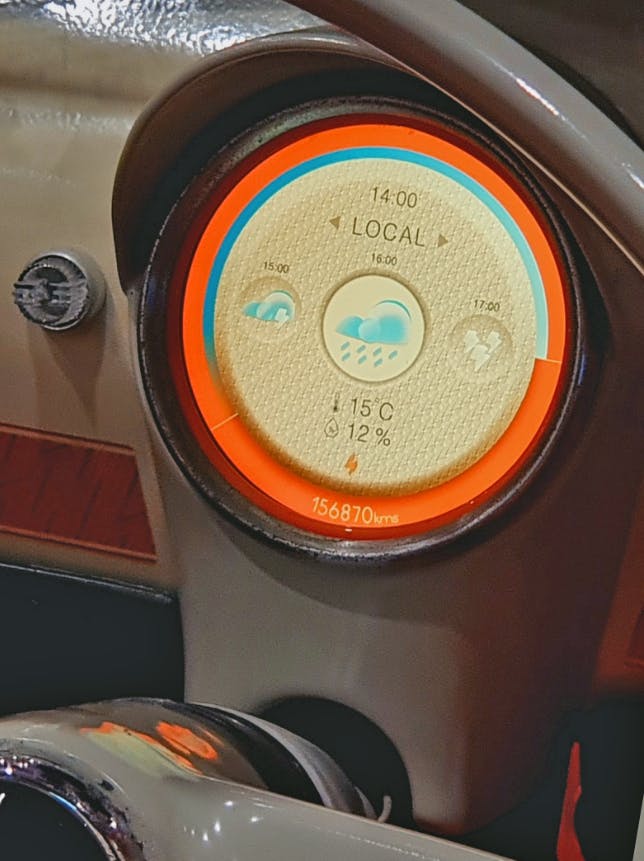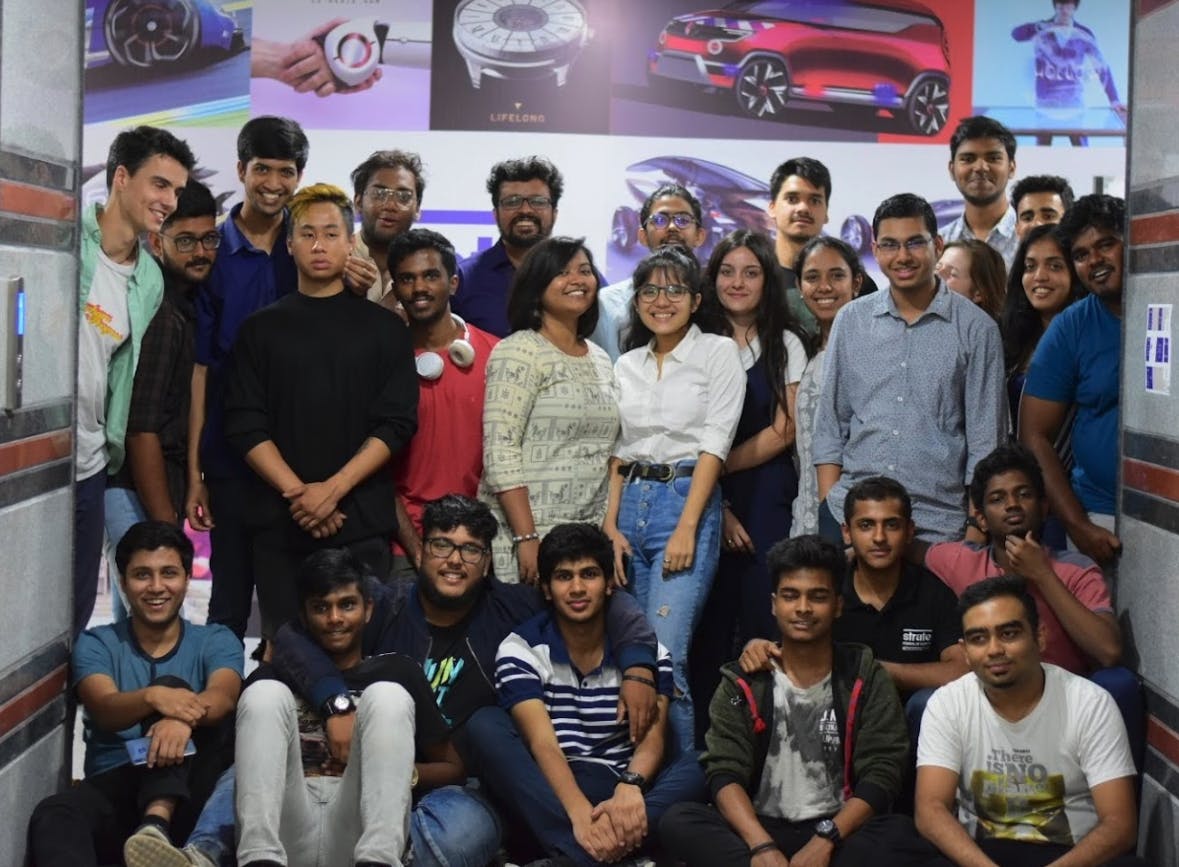Human-Machine Interfaces find a home in classic dashboards
Odds are you’ve already used a Human-Machine Interface (HMI) and don’t even know it. HMIs are the complicated bits of software and hardware that underpin ATMs, the ever-present smartphone, and even vehicle functions since at least the mid-’80s. In simple terms, it’s what allows people to communicate with electronic machines, and vice versa.
What if one could add such functionality—think touchscreens or digital instrument clusters—to older cars, making them work as seamlessly as a modern vehicle? In some respects this would require a modern powertrain, because you can’t glean much data from a fancy screen if there’s still a carburetor squirting fuel into the engine. (Ignoring rare instances of Malaise Era carburetor-fed dashboards, of course.)
The simple fact is that a growing number of younger entrants into the classic car hobby lean heavily toward restomod tastes. And the money is strong for these creations. However, a growing number of restomodders in Europe prefer to ditch the internal combustion engine entirely in favor of a modern electric powertrain. The benefits likely outweigh the costs, as emissions laws in Europe’s major metropolitan cities make EV-conversions a functional, practical, and quiet way to motor about town.
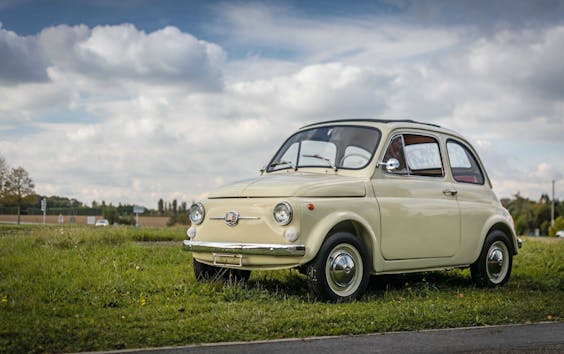
One example of such a swap: the Fiat 500 restomodded by a French firm named Design 1880. Design 1880 sees gold in them restomodded hills, and lists a four-step homologation process for would-be EV conversions: measurements/weight distribution, EV component selections in harmony with original powertrain, identification/approval of said componentry, and an installation in a spirit that makes “a synthesis close to the original mass and the weight distribution between the front and rear axles, as well as electromagnetic shielding tests, shock resistance tests on battery boxes, etc.”
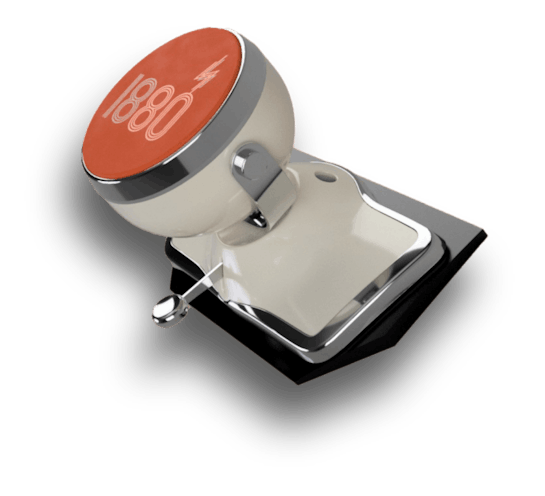
While some of us can appreciate the engineering involved on Design 1880’s side, a proper user interface must be implemented to ensure everyone appreciates the end result. Design 1880’s smartphone holder looks like a proper piece of period-correct, restomod goodness for such a classic Italian icon, and it’s an induction charger, to boot. A great touch, but how does a newly converted Fiat 500 convey details of its electric performance to the end user? That’s where Incari, a German company specializing on HMI software comes into play.
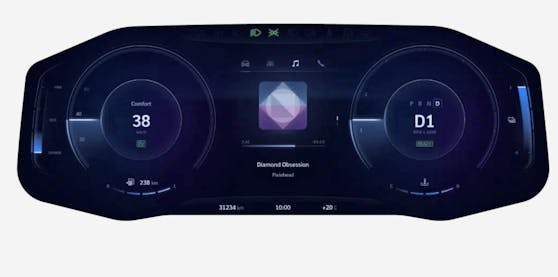
While Incari is new to this particular game, the company has long history of making design tools for OEM automakers. Its LinkedIn page suggests it is “known in the automotive industry as former co-founders of PI-VR, the originator of Autodesk VRED TM.” Put another way, Incari made the something like DOS before a company like Microsoft bought it. If Henry Ford was right when he said “History is more or less bunk”, then Incari needn’t rest on its laurels, as the Incari Player is a creation tool that gives the end user “a simple infrastructure and interfaces for services, maintenance, updates, and upgrades for HMI systems of all kinds.” And in the case of the Fiat 500, it even matches the spirit of the host vehicle.
The Fiat’s former speedometer cluster instead boasts a screen with a host of features that interface with the car’s electric powertrain and a smart phone. Incari integrated information such as battery charge level, and connectivity to apps on a user’s smartphone, without resorting to the usual 7-inch double-din screen we see on so many restomods here in the USA. Which begs the question: Is there a cooler way to fight traffic on a crowded Italian city street?

I was fortunate enough to interview Osman Dumbuya, CEO of Incari, to discuss his company’s role with the Fiat 500 and the world of HMI design in general. When asked about road blocks his company has faced with integrating Incari’s technology into classic vehicles, Dumbuya was ready with an answer.
“The challenge is to enable the use of modern technology while keeping the spirit of the past,” he said. “Creating a restomod HMI for a car like the Fiat 500 is unique and requires a lot of design ideas.”
Given how elegant and seamless the Fiat’s transition to a modern HMI looks in the photos, we’re inclined to think that Dumbuya’s confidence in his company is well-founded. “If you wish to opt for more sustainability with a classic car, there is no solution that preserves the heritage of the car better than ours.” Dumbuya also references Incari’s work with an electric DeLorean project (a.k.a. e-Lorean)—a retrofuturistic endeavor that shows how Incari design can integrate into a variety of automotive projects.
Dumbuya notes that his Incari Studio software solution reduces time between design creation, engineering, and deployment, ensuring that there’s “no break in the [development] process.” The software’s goal goes beyond the automotive sphere alone, and the goal is to tap into the “possibilities offered by technologies such as augmented reality, voice control and others.”
To wit, Incari looks to support a new generation of design students looking to enter the lucrative User Experience and User Interface (UX/UI) market. The company is collaborating with the Strate School of Design in Bangalore, helping students turn dreams into reality.
I asked Dumbuya if he sees any larger opportunity to convert classic vehicles to electric in Europe and in the United States, and he clearly believes the phenomenon is more than a fad. “Many people want to enjoy the beauty of their classic cars and be sustainable on the road at the same time. On our side, we perceive a growing demand in many regions around the world.”
For some, automotive tradition is the most essential thing. For others, in order for classics to be relevant, it’s more important to keep classic cars alive and well for modern times and younger audiences. It’s refreshing to see how a German software company (Incari), a French retrofitting firm (Design 1880), and a French-Indian Design School (Strate School of Design Bangalore) partnered to produce a truly creative reinterpretation of a classic vehicle. We can’t wait to see what they come up with next.

